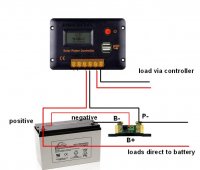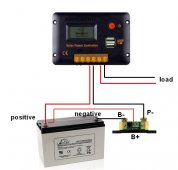TimeMachine
New Member
- Joined
- Oct 16, 2021
- Messages
- 3
Little confused. 400 watts of solar (Bluetti panels), Renogy DC to DC mppt controller and 2 BattleBorn 12v 100 aH lithium. Charging with solar or shore, I can get a full charge but the amp hours do not get to maximum. I have a Renogy 500amp battery monitor. Does amp hour rating mean anything and all I should be worried about are volts. Hopefully this makes sense. I have searched this forum and google etc but can’t find the answer. Thanks for the help!!!!





